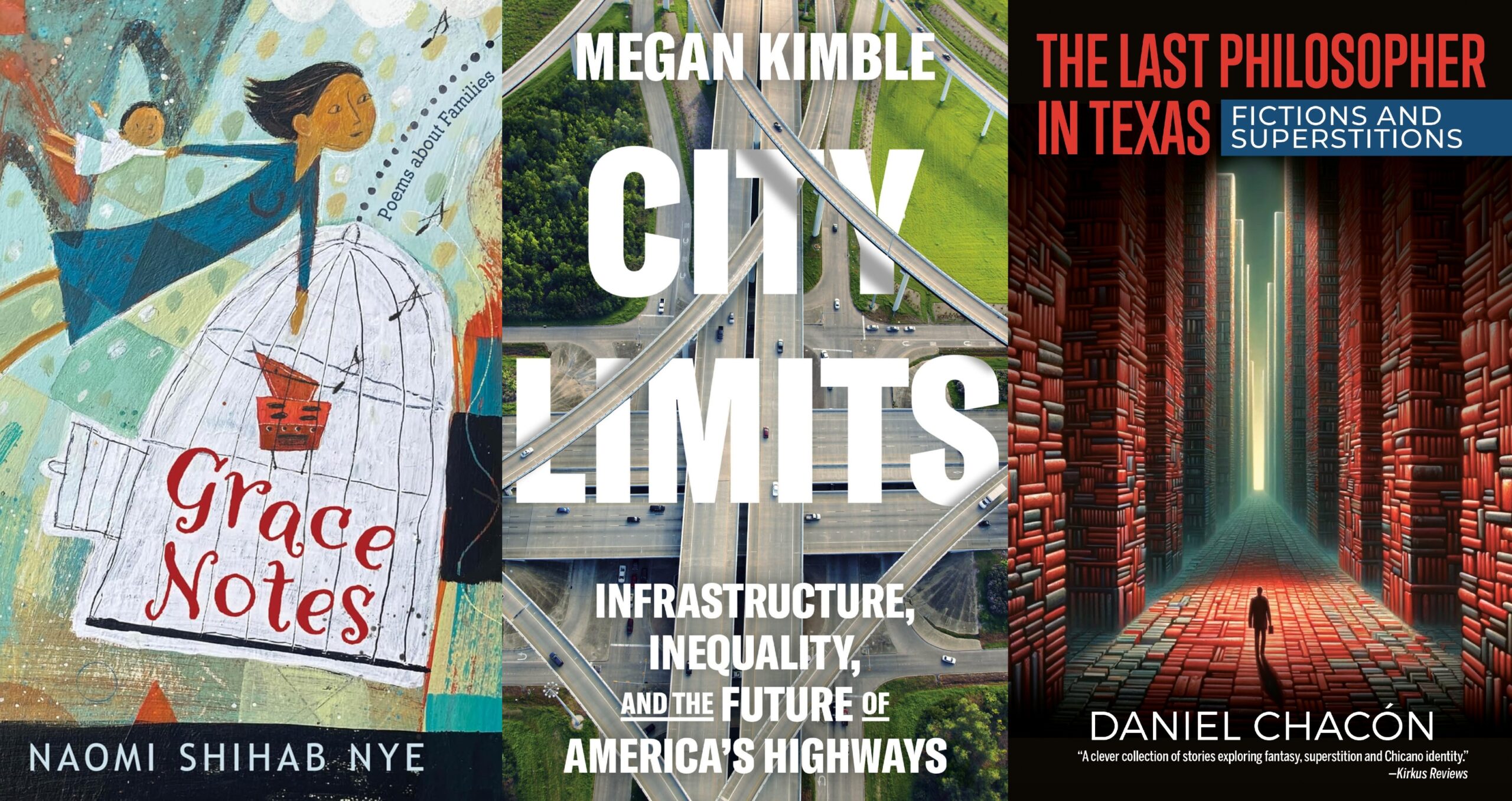A Mexican Steinbeck’s Work Resurfaces
Recently published in English for the first time as Under the Texas Sun, Conrado Espinoza’s 1926 novel El sol de Texas chronicles Mexican immigration to the United States. More than 80 years after it originally appeared, the novel’s themes resonate, for then as now, the United States and Mexico are wrestling with the consequences of record migration under a system that marginalizes the lowest-skilled workers.
A Tex-Mex precursor to The Grapes of Wrath, published 13 years later, Under the Texas Sun similarly uses the travails of migrant worker families to drive home a social message. John Steinbeck’s chronicle of migrant workers spoke to the importance of worker solidarity in the face of adversity. Espinoza’s message, ironically, is one that might resonate with today’s Minuteman border-patrol volunteers: The only good border-crossing by Mexican migrant laborers is the kind that heads back to Mexico.

Espinoza, a Mexican educator and journalist, spent six years working and traveling in the United States, mainly in Texas and California, after he fled into partial political exile in 1924. While in the U.S., he wrote for newspapers whose audiences were the chicanada-working-class Mexican immigrants who would become the subjects of El sol de Texas.
Mexican migration to the U.S. was at a historical peak in the 1920s, having nearly tripled between 1910 and 1920 to a total population of just over 650,000. Then as now, debate raged over immigration. Before the 1920s, immigrants who most concerned Americans came not from Latin America, but from Europe. Although the Immigration Act of 1924 effectively closed the doors on most European immigration in the mid-20th century, it exempted Mexicans from the new quotas. Indeed, the crackdown on European immigration encouraged Mexican migration by creating labor shortages, as historian Mae Ngai recounts in Impossible Subjects (Princeton University Press), her excellent account of the legal origins of illegal immigration.
Espinoza’s stint in the U.S. takes place-as the novel presumably does-in the narrow window when demand for Mexican labor was high, before the Great Depression set in. Then as now, a significant part of that migration took place under a system designed to marginalize low-income laborers. Typically for migrants of the time, the protagonists of Under the Texas Sun do not bother with cumbersome procedures-including “head taxes” and weekly reports to immigration stations for weekly baths-that were required to maintain their legal status.
Under the Texas Sun rightfully draws attention to how similar today’s migration problems are to those of the past, to the high human price that our disjointed immigration policies extract, and to the cynicism of those who have no problem condemning migrants to failure to make a political point. Unfortunately, the clumsy translation fails to convey the novel’s literary, as well as its historical, merits. Readers with a command of Spanish will be grateful for the original that accompanies it in this bilingual edition.
In El sol de Texas, Espinoza does a respectable job of conveying the tragic consequences of migration on two families-the Quijanos and the GarcÃas-whose lives he follows. Yet these human stories end up in service of a Mexican nationalist ideology that disparages any possibility of success in America.
The Quijanos’ family name evokes that of David Quixano, the immigrant hero of Israel Zangwill’s play, “The Melting Pot,” which became an enduring metaphor for the assimilation of immigrants into American society. It is hard to imagine that the allusion is unintentional, since the play was a New York theater sensation in 1908 and must have been in the public mind when Espinoza was writing. Yet the Quijanos of his novel are the opposite of “The Melting Pot” story of families joining. Serapio and MatÃas are the lonely father and son who ultimately decide to return to Mexico after their son and brother’s gruesome death in a railroad construction accident. This year’s failed Senate immigration bill, which barred guest workers from bringing family to the U.S. to make them more likely to return home, apparently envisioned Mexicans like Serapio and MatÃas, men without young families in tow.
The GarcÃas, by contrast, represent a cautionary tale for immigrants who might embrace the melting pot. They stay in Texas, only to see their daughter succumb to the corrupting U.S. culture with its “floozy stockings” and “provocative” hats. For Espinoza, the land where all the gringos seem to be giants has nothing but negative influence on immigrants, who arrived on U.S. soil and immediately “all threw themselves headlong into dreaming about instant gratification.” He writes disparagingly of pochos-overassimilated Mexican-Americans: “There are many families that, in terms of appearance, have lost their Mexican identity and are in terms of language (horrible Spanish and horrible English), in terms of their customs (grotesque and licentious); in terms of their desires (futile and fatuous ambitions); a hybrid group which adapts itself neither in this country nor in our own.”
At the time of the novel’s publication, an ideological battle was raging among Mexican intellectuals. On one side was La Opinión editor Ignacio E. Lozano, who thought Mexicans in the U.S. lived a “more authentic life” as Mexicans than those who had remained in their country of birth. For Mexican nationalists like Espinoza, the U.S. was a corrupting land, devoid of chances for real success, from which return to Mexico was the only honorable resolution.
Both viewpoints would no doubt rattle today’s American nationalists, who warn that Mexican immigrants are unassimilable. Ultimately, neither point of view is helpful to the migrants themselves, who end up rejected by two societies. It’s hard not to wonder what the Mexican nationalists would think of today’s U.S. nationalists, who similarly insist that certain immigrant groups can never succeed in America, and who would like nothing better than to see those migrants return home, or better yet, never come at all.
A few years after the publication of El sol de Texas, the Depression made the plight of the chicanada even more desperate than that portrayed in the novel. In the 1930s, U.S. authorities intensified raids on illegal Mexican immigrants, leading to mass repatriations. Leaving aside the ideology behind Espinoza’s pessimistic assessment of America, migrants who heeded his warnings and returned home in the 1920s may have been better off for having done so.
Michele Wucker, executive director of the World Policy Institute in New York City, is the author of Lockout: Why America Keeps Getting Immigration Wrong When Our Prosperity Depends on Getting It Right, now available in paperback.

